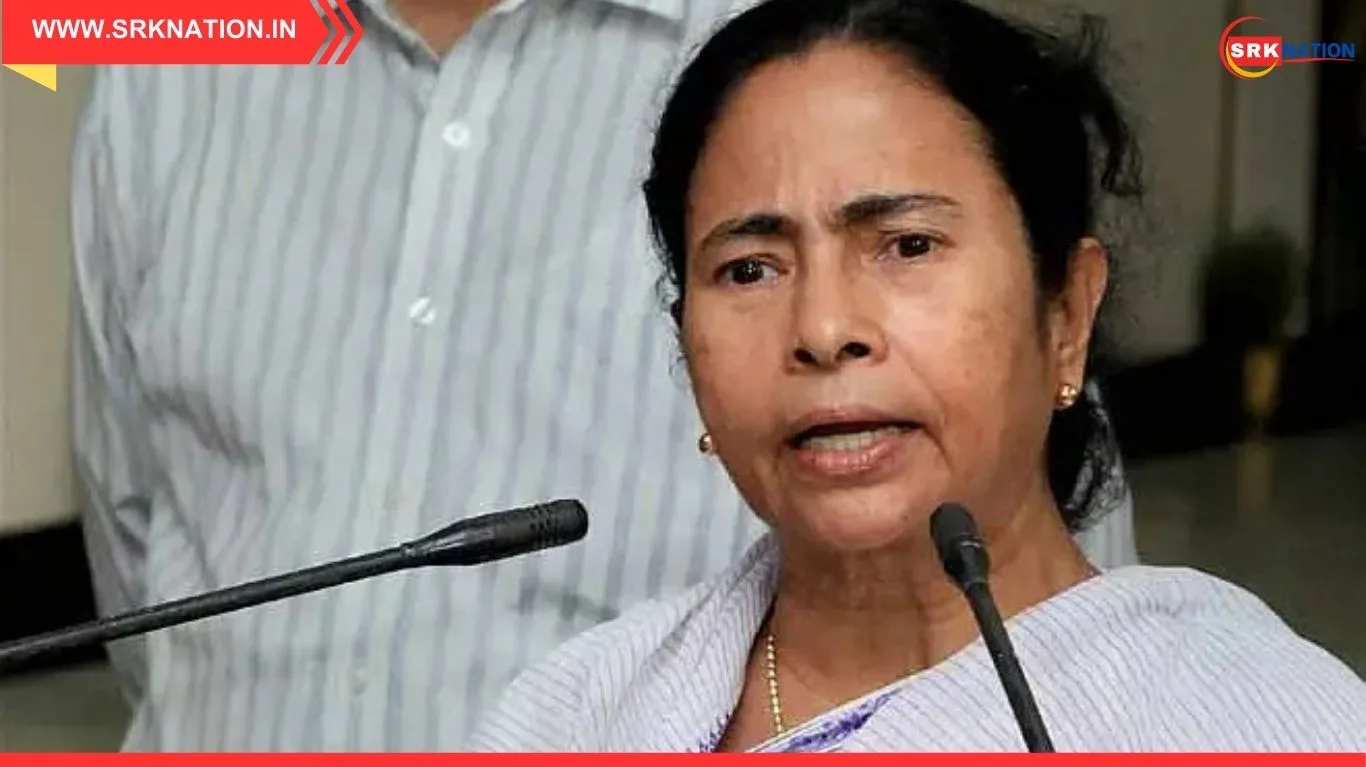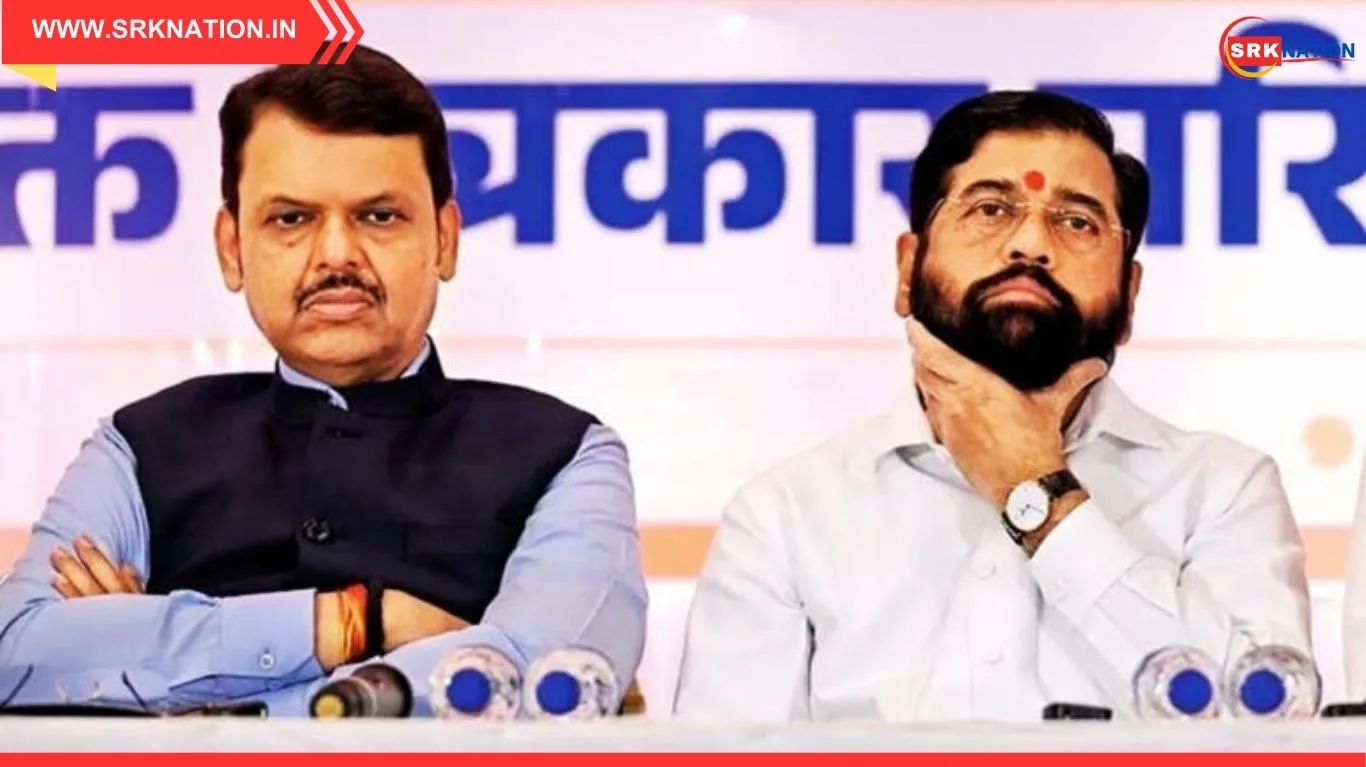Chennai is witnessing relentless rise in temperatures and extreme heat stress driven by rapid urbanisation, rampant real estate expansion, and unplanned infrastructure growth. Experts warn that unless green spaces and wetlands are urgently protected and restored, the city could face a severe climate crisis in the coming decade.
What Is Happening?
According to recent observations from the Regional Meteorological Centre in Chennai, the city has recorded multiple days with temperatures crossing 41°C this summer, with average daily temperatures climbing by nearly 1.2°C over the past two decades. The urban heat island (UHI) effect is intensifying due to:
- Replacement of green cover and wetlands with concrete
- Reduction in open water bodies due to encroachments
- Explosive growth in private real estate, highways, and commercial complexes
- Limited shade due to poor tree planting or maintenance along roads and public spaces
Key Data On Chennai’s Heat Stress
| Indicator | Details |
|---|---|
| Average summer temperature rise since 2000 | +1.2°C |
| Days above 40°C in 2025 so far | 24 days |
| Green cover reduction since 1990 | Nearly 40% |
| Wetlands lost in CMA since 1990 | Over 70% converted to residential or industrial zones |
| Tree cover per person in Chennai | <1 sq. m/person (WHO recommends >9 sq. m/person) |
| Number of heat-related hospital admissions in 2025 summer | Increased by 38% vs 2020 |
What Experts Say
Environmental planner Dr. Ramani Iyer from Anna University stated:
“The city has paved over natural cooling systems. Wetlands that absorbed and evaporated heat are now malls or apartments. Trees that provided microclimate regulation have been felled for roads and metro works.”
He explained that trees lower surrounding temperatures by 3-5°C through evapotranspiration, while wetlands cool entire neighbourhoods via moisture retention and evaporation.
How Urbanisation Worsens Heat
Chennai’s population has grown from 5.6 million in 2001 to nearly 11 million in 2025, with the Chennai Metropolitan Area (CMA) expanding at unprecedented rates.
| Urbanisation Drivers |
|---|
| Real estate boom in OMR, ECR, Pallikaranai |
| Expansion of industrial corridors towards Sriperumbudur, Oragadam |
| Road widening and elevated corridors with minimal landscaping |
| Metro rail expansion with reduced roadside tree cover |
| Shrinking marshlands and buffer zones due to unregulated construction |
Urban planners warn that the Urban Heat Island effect is now visible across the city, where built-up areas are 3-7°C hotter than peripheral villages due to lack of soil exposure, green spaces, and water bodies.
Disappearing Wetlands: Chennai’s Climate Lifeline Under Threat
Wetlands like Pallikaranai marsh have shrunk from over 5,000 hectares to less than 600 hectares, primarily due to landfill dumping, housing layouts, SEZs, and IT parks. Similar fates have affected Porur lake catchments and Adyar estuary regions, severely reducing natural temperature regulation and groundwater recharge.
Health Implications Of Rising Heat
Doctors from Rajiv Gandhi Government General Hospital reported a sharp rise in heat exhaustion, dehydration, heat cramps, and aggravated chronic illnesses among vulnerable populations, especially:
- Construction workers
- Street vendors
- Traffic police and delivery personnel
- Elderly and those with cardiac/respiratory ailments
The Tamil Nadu health department has already issued advisories to limit outdoor work from 12 pm to 3 pm, ensure hydration breaks, and equip primary health centres with oral rehydration kits.
Voices From Residents
R. Kavitha, a resident of Pallavaram, said:
“Earlier we could sit outside in the evenings under neem and peepal trees. Now everything is paved, there is no breeze, and our electricity bills have doubled due to AC use.”
Auto driver Ramesh in T Nagar shared that roads feel like frying pans by noon, forcing drivers to take breaks and losing income in the process.
What Can Be Done? Solutions Recommended
Urban ecologists and climate scientists recommend:
- Protection Of Existing Green Cover: Strict enforcement against illegal tree felling and mandatory plantation with post-plantation survival monitoring.
- Wetland Restoration: Immediate demarcation, cleanup, and revival of remaining wetlands to restore hydrological balance and cooling functions.
- Urban Forestry Programs: Roadside and community plantation drives with native species to ensure shade and biodiversity benefits.
- Heat Resilient Urban Design: Introducing cool roofs, shaded pedestrian paths, and permeable pavements.
- Citizen-Led Green Drives: Encouraging community kitchen gardens, terrace gardens, and green volunteer groups to bridge local gaps.
- Climate Sensitive Zoning Regulations: Updating CMDA’s master plans to integrate climate buffers, ecological zoning, and green ratio enforcement.
Government Response
The Chennai Corporation announced a Heat Action Plan draft, including:
- Early warning systems in collaboration with IMD
- Cooling centres for vulnerable groups
- Increased plantation under the “Green Chennai Mission” targeting 1 million trees by 2030
However, urban environmental groups criticised the plantation targets as inadequate if wetlands and existing mature trees continue to be destroyed for development projects.
Lessons From Other Cities
Cities like Ahmedabad have successfully implemented Heat Action Plans combining public awareness, green infrastructure upgrades, and early medical response to reduce heatwave fatalities by nearly 50%. Chennai is urged to adopt similar data-driven and people-centric frameworks.
The Climate Change Connection
Climate scientists reiterate that the intensity and frequency of heatwaves will worsen due to global warming, with southern peninsular India projected to see:
- Longer heatwave days by up to 40% by 2050
- Average temperature rise of 1.5-2°C under current emission pathways
Urban resilience building through ecological preservation is critical to avoid severe public health crises and energy stress.
Disclaimer
This news article is intended for public information and environmental awareness based on government data, environmental research inputs, and interviews with experts. It does not substitute professional advice for urban planning, policy development, or medical treatment. Readers are encouraged to consult qualified urban ecologists, planners, and healthcare professionals for expert guidance on related decisions.
The unfolding heat crisis in Chennai highlights the urgent need to rethink urban development paradigms, prioritising green buffers and wetlands as non-negotiable assets for sustainable, liveable cities of the future.











